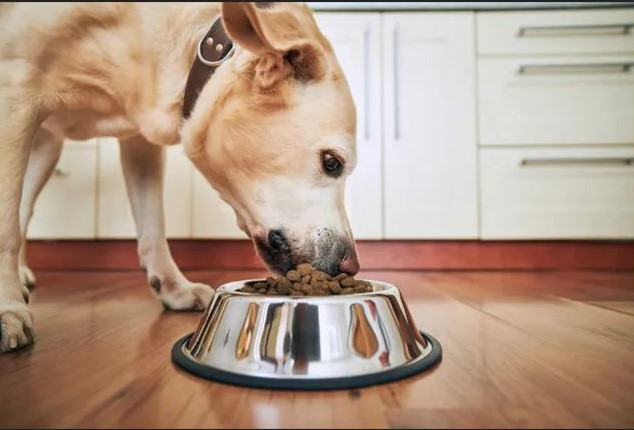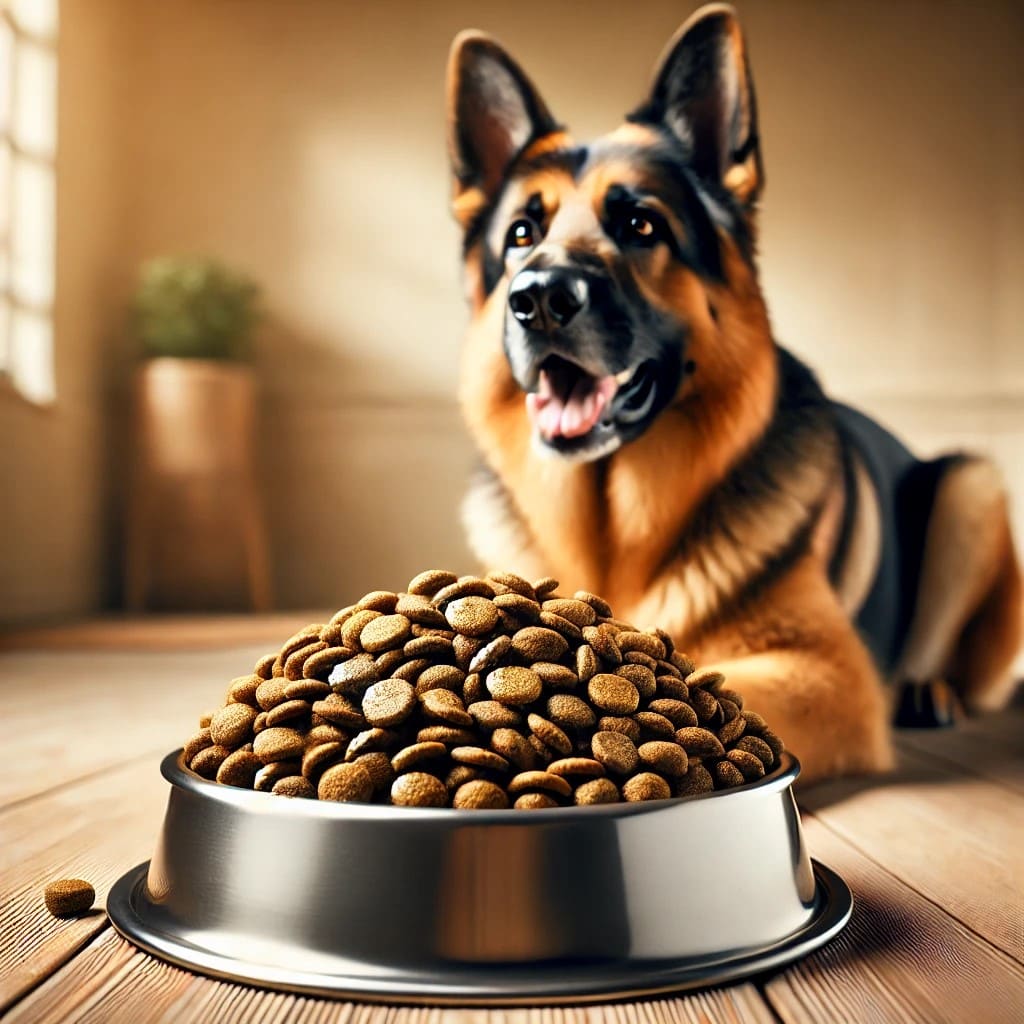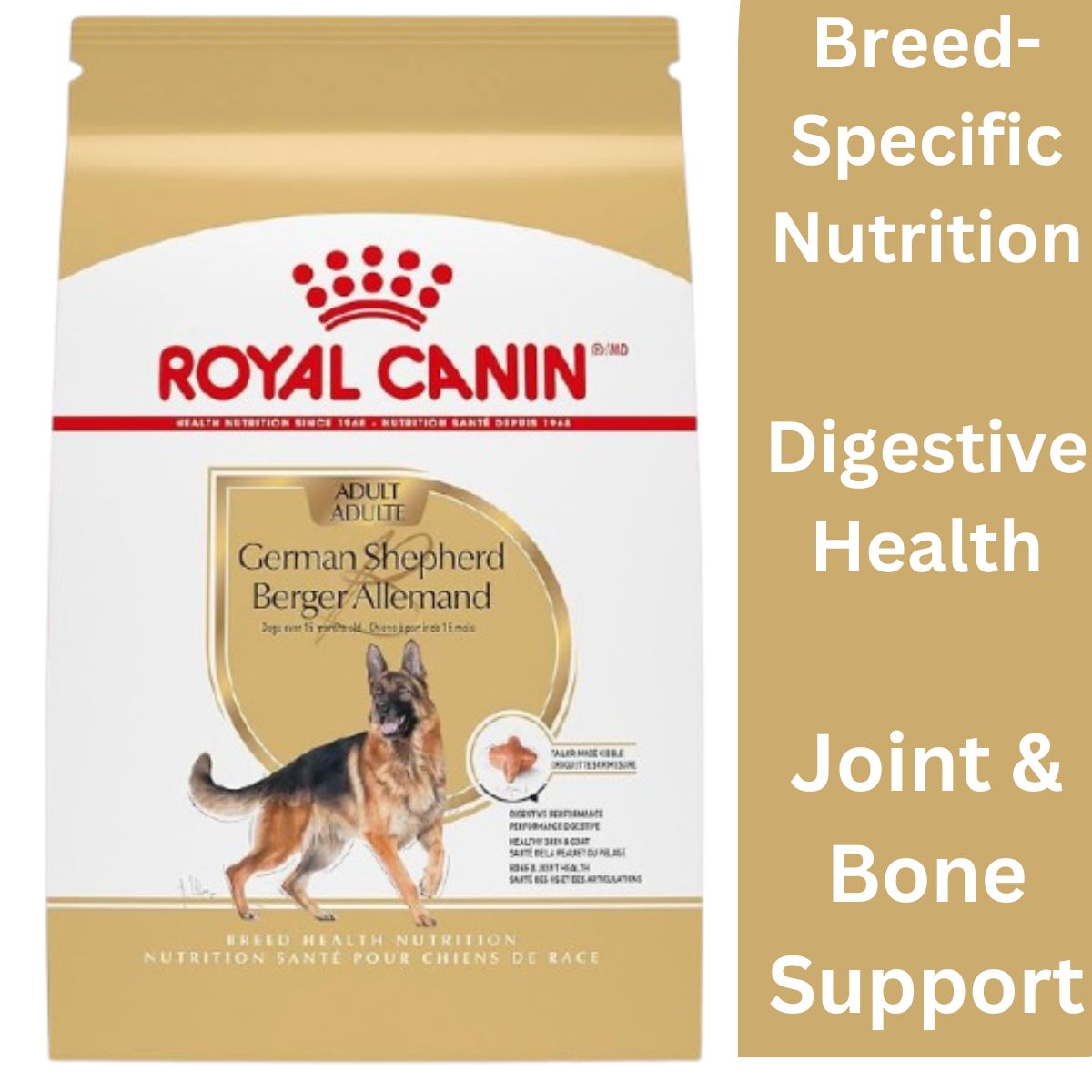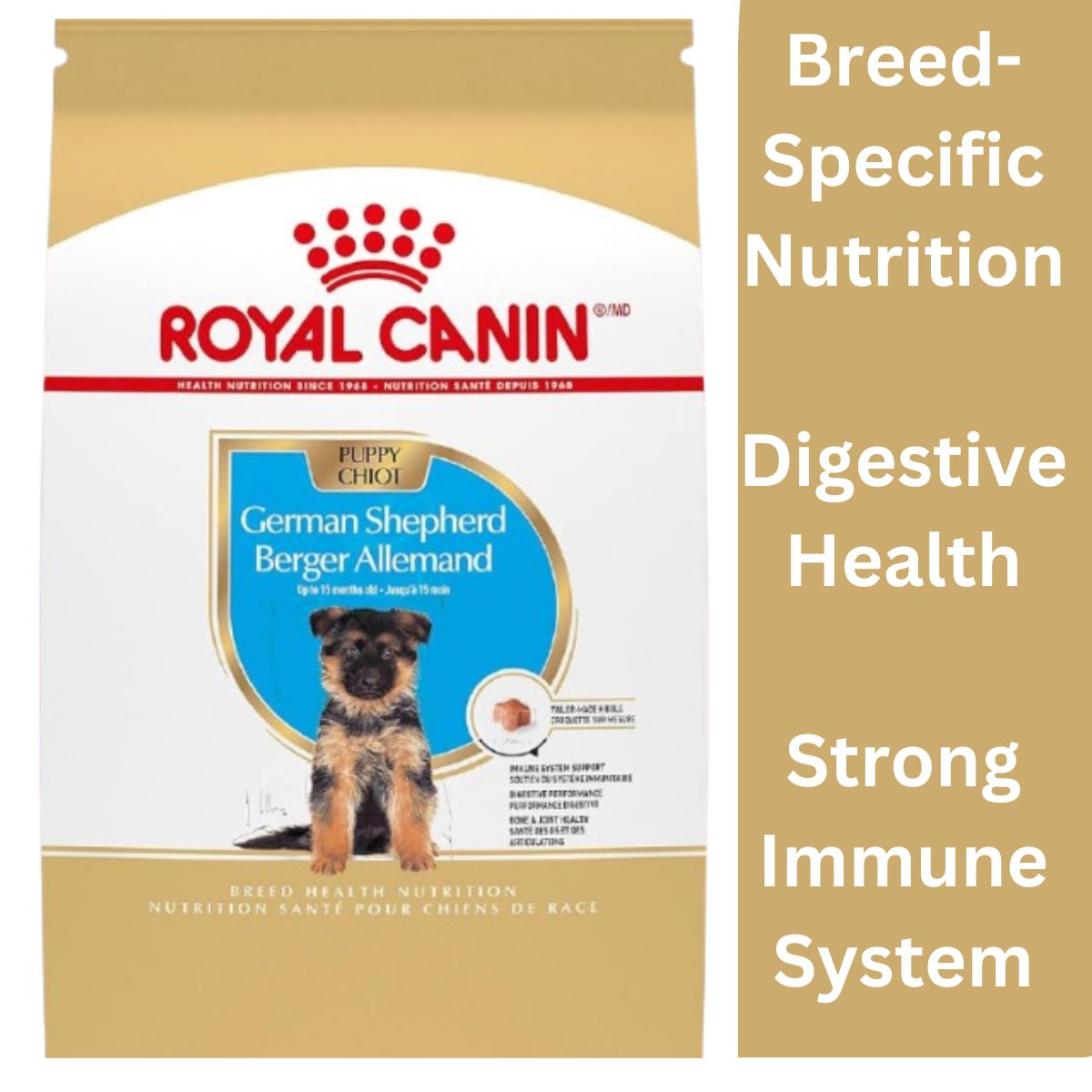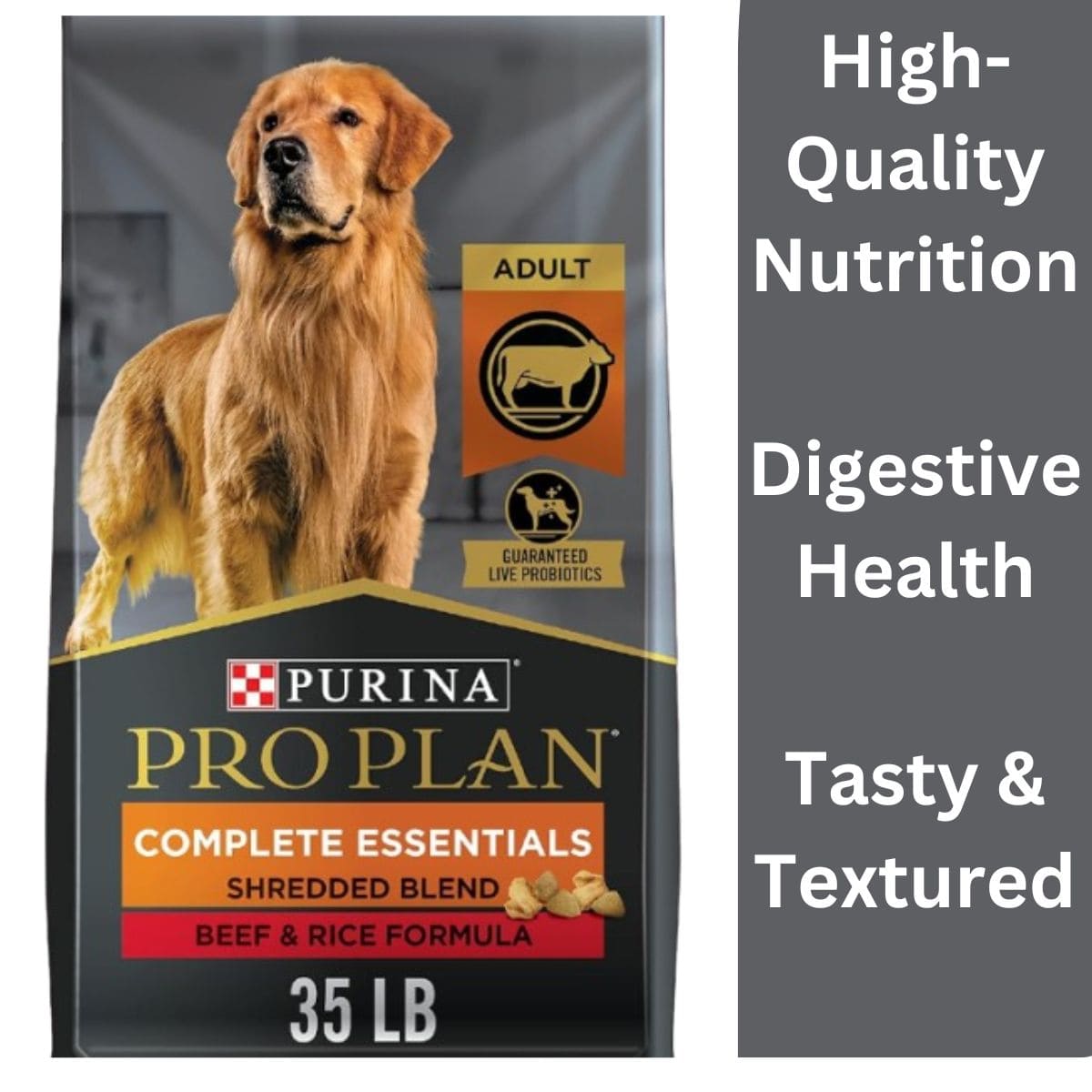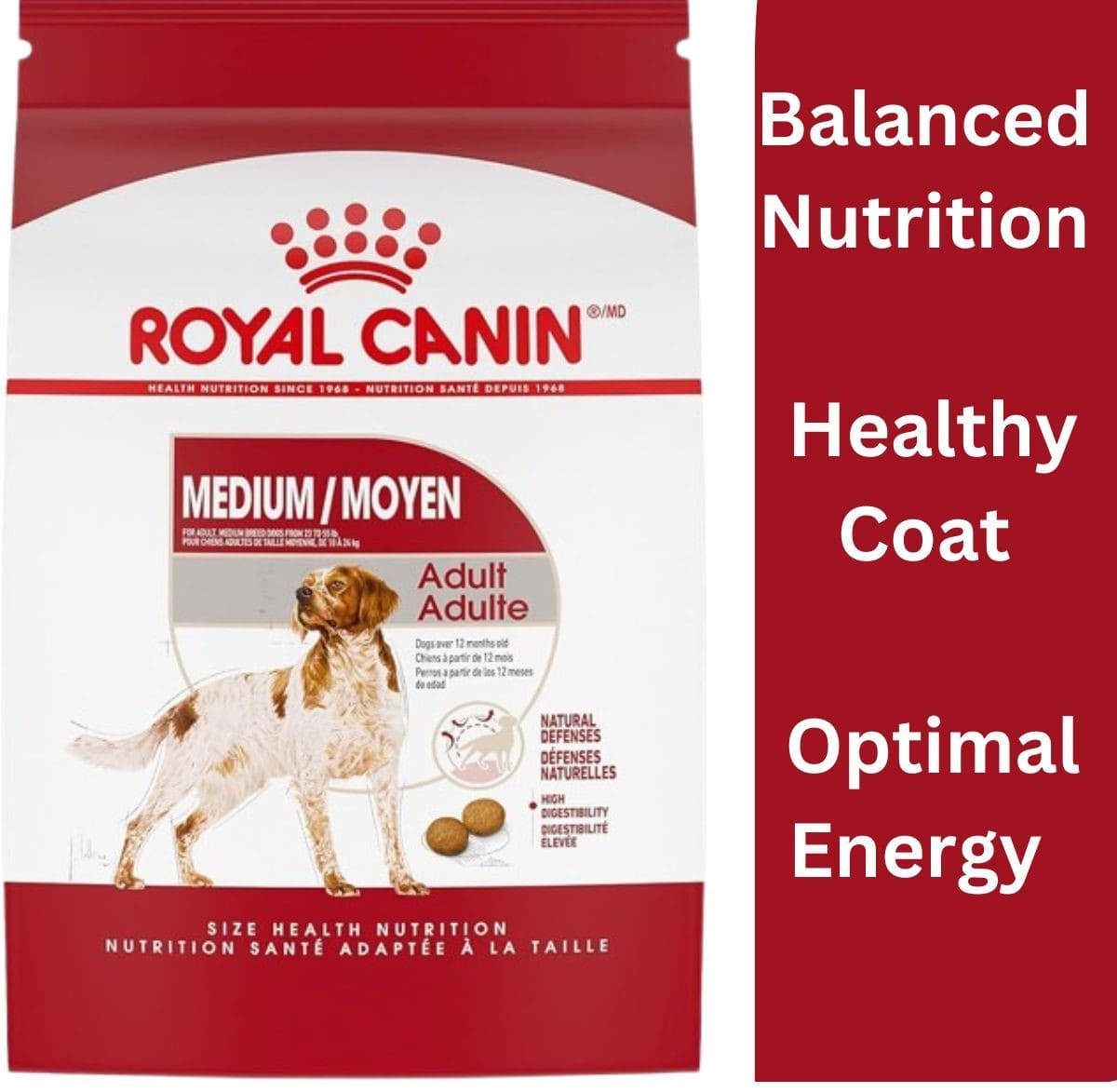The Ultimate Guide to Hypoallergenic Cat Food: Finding the Best Options for Cats with Allergies

1.Understanding Cat Allergies
1.1. Common Allergens in Cats
Food allergies in cats can be a frustrating issue for both pets and their owners. Just like humans, cats can develop sensitivities to certain ingredients in their food.Common ingredients that trigger allergies: Some of the most frequent culprits include beef, dairy, chicken, fish, and wheat. These ingredients can lead to allergic reactions in sensitive cats.Environmental factors contributing to allergies: In addition to food, environmental allergens such as pollen, dust mites, and mold can also affect cats, leading to a combination of food and environmental allergies.
1.2. Symptoms of Allergies in Cats
Recognizing the signs of allergies in your cat is crucial for timely intervention.Physical signs to look for: Symptoms may include itching, excessive grooming, skin irritations, and gastrointestinal issues like vomiting or diarrhea.Behavioral changes indicating discomfort: You might notice your cat being more irritable, hiding more often, or showing signs of anxiety.Importance of recognizing symptoms early: Early detection can prevent more severe health issues and improve your cat’s quality of life.
1.3. Diagnosing Cat Allergies
If you suspect your cat has allergies, consulting a veterinarian is essential.Role of veterinary consultation: A vet can help determine whether your cat’s symptoms are due to allergies or other health issues.Tests and procedures for diagnosis: This may include skin tests, blood tests, or a thorough examination of your cat’s diet and environment.Importance of a food elimination trial: A food elimination trial can help identify specific food allergies by removing potential allergens from your cat’s diet and gradually reintroducing them.
2.What is Hypoallergenic Cat Food?
2.1. Definition and Purpose
Hypoallergenic cat food is specially formulated to minimize the risk of allergic reactions.Explanation of hypoallergenic food: These diets are designed to contain fewer ingredients and often use novel proteins that your cat may not have been exposed to before.How it differs from regular cat food: Unlike standard cat food, hypoallergenic options avoid common allergens and are often easier to digest.Benefits for cats with allergies: These foods can help reduce symptoms and improve overall health for cats with food sensitivities.
2.2. Types of Hypoallergenic Cat Food
There are several types of hypoallergenic cat food available on the market.Limited ingredient diets: These diets contain a minimal number of ingredients, making it easier to identify and avoid allergens.Novel protein sources: Ingredients like duck, venison, or rabbit are often used as they are less likely to trigger allergies.Hydrolyzed protein diets: In these diets, proteins are broken down into smaller components, making them less likely to provoke an immune response.
2.3. Ingredients to Look For
When selecting hypoallergenic cat food, certain ingredients are preferable.Safe protein sources for allergic cats: Look for proteins like turkey or lamb, which are less common in many commercial cat foods.Carbohydrates that are gentle on the stomach: Sweet potatoes and peas are often good choices as they are easy to digest.Essential nutrients to support overall health: Ensure the food contains vitamins and minerals that support your cat’s immune system and overall well-being.
3.Top Hypoallergenic Cat Food Brands
3.1. Brand A: Overview and Features
Brand A is known for its high-quality hypoallergenic options.Key ingredients and formulations: This brand uses limited ingredients and novel proteins, ensuring a safe diet for sensitive cats.Unique selling points: Their recipes are grain-free and include added probiotics for digestive health.Customer reviews and feedback: Many pet owners report significant improvements in their cats’ health and behavior after switching to this brand.
3.2. Brand B: Overview and Features
Brand B offers a range of hypoallergenic cat foods tailored for various dietary needs.Key ingredients and formulations: They focus on hydrolyzed proteins and include a variety of flavors to appeal to picky eaters.Unique selling points: This brand is known for its commitment to using high-quality, ethically sourced ingredients.Customer reviews and feedback: Customers appreciate the brand’s transparency and the noticeable health benefits for their cats.
3.3. Brand C: Overview and Features
Brand C is a popular choice among cat owners looking for hypoallergenic options.Key ingredients and formulations: Their recipes often feature unique protein sources and are free from common allergens.Unique selling points: They offer a subscription service, making it easy to keep your cat’s diet consistent.Customer reviews and feedback: Many users highlight the brand’s effectiveness in managing their cats’ allergies and the palatability of the food.
Transitioning Your Cat to Hypoallergenic Food
4.1. Steps for a Smooth Transition
Switching your cat to a new diet requires careful planning.Gradual introduction of new food: Start by mixing a small amount of the new food with your cat’s current food, gradually increasing the new food over a week or two.Monitoring your cat’s response: Keep an eye on any changes in behavior or health during the transition.Adjusting feeding schedules: Stick to a consistent feeding schedule to help your cat adjust to the new food.
4.2. Common Challenges and Solutions
Transitioning to hypoallergenic food can come with its own set of challenges.Refusal to eat new food: If your cat refuses to eat, try warming the food slightly or mixing in a small amount of a favorite treat.Digestive issues during the transition: Some cats may experience mild digestive upset. If this persists, consult your veterinarian.Tips for encouraging acceptance: Patience is key. Offering the new food at regular intervals and ensuring it is fresh can help.
4.3. When to Consult a Veterinarian
If you encounter issues during the transition, don’t hesitate to seek professional advice.Signs that indicate a need for professional advice: If your cat shows severe digestive issues or refuses to eat for more than a day, contact your vet.Importance of ongoing monitoring: Regular check-ins with your veterinarian can help ensure your cat is adjusting well to the new diet.Adjusting diet based on veterinary recommendations: Your vet may suggest specific adjustments based on your cat’s response to the new food.
Maintaining Your Cat’s Health with Hypoallergenic Food
5.1. Regular Health Check-ups
Routine veterinary visits are essential for managing your cat’s health.Importance of routine veterinary visits: Regular check-ups can help catch any new allergies or health issues early.Monitoring for new allergies or sensitivities: Keep an eye on your cat’s health and report any changes to your vet.Keeping track of dietary changes: Documenting what your cat eats can help identify any potential triggers.
5.2. Supplementing Hypoallergenic Diets
In some cases, supplements may be beneficial.When and why to consider supplements: If your cat’s diet lacks certain nutrients, supplements can help fill those gaps.Types of supplements beneficial for allergic cats: Omega-3 fatty acids, probiotics, and vitamins can support skin health and overall well-being.Consulting with a vet before adding supplements: Always discuss any supplements with your veterinarian to ensure they are appropriate for your cat.
5.3. Long-term Management of Allergies
Managing your cat’s allergies is an ongoing process.Strategies for ongoing allergy management: Consistency in diet and regular monitoring can help keep allergies in check.Importance of a consistent diet: Sticking to a hypoallergenic diet can prevent flare-ups and maintain your cat’s health.Keeping a food diary for tracking reactions: Documenting your cat’s food intake and any reactions can help identify patterns and triggers.
Conclusion
Hypoallergenic cat food can play a vital role in managing your cat’s allergies and improving their quality of life. Always consult with your veterinarian for personalized advice tailored to your cat’s specific needs. By taking proactive steps, you can ensure a happy, healthy life for your feline friend.
FAQs

